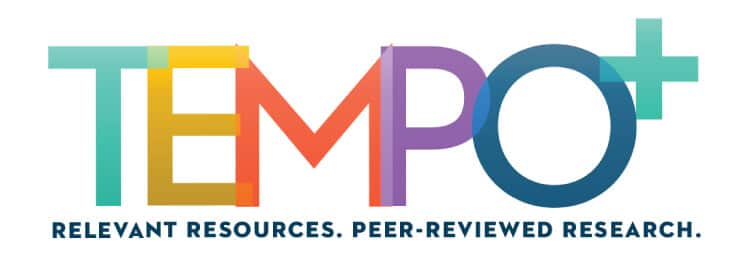In 2015, I began teaching G/T at Liberty High School in Frisco, TX, which is a majority-minority school. In 2019, only 27% of my G/T Humanities students were White, non-Hispanic and not Jewish. My experiences as a White G/T student and educator left me unprepared to understand the needs of my students. I embarked on a quest of self-improvement, learning by trial-and-error how to be an antiracist educator.
By embarking on a similar quest, you too can be a force for change! A free and fair public education has the power to transform minds and open doors for all students.
Are you ready to be the change you wish to see in the world? The following steps and resources are curated from my personal journey to become an antiracist educator.
- Step 1: Learn why racism needs to be addressed in education.
- Step 2: Start a conversation with yourself.
- Step 3: Create a safe space for all students.
- Step 4: Provide students with skills for tough conversations.
- Step 5: Start the conversation with resources for secondary students.
- Step 6: Keep learning, reflecting, and adjusting.
Details and suggested resources for working on Steps 1-5 are provided in the PDF linked below.
Sarah Wiseman teaches GT Humanities and AP United States History at Liberty High School in Frisco. She earned her M.Ed. at Southern Methodist University, and is currently studying in their Doctor of Liberal Studies program. She serves on the Legislative Leadership Committee for Frisco ISD and the Advocacy Committee for TAGT. As a mother and a product of public and gifted education, she wants all Texas children to have a diverse, equitable humanities education.






